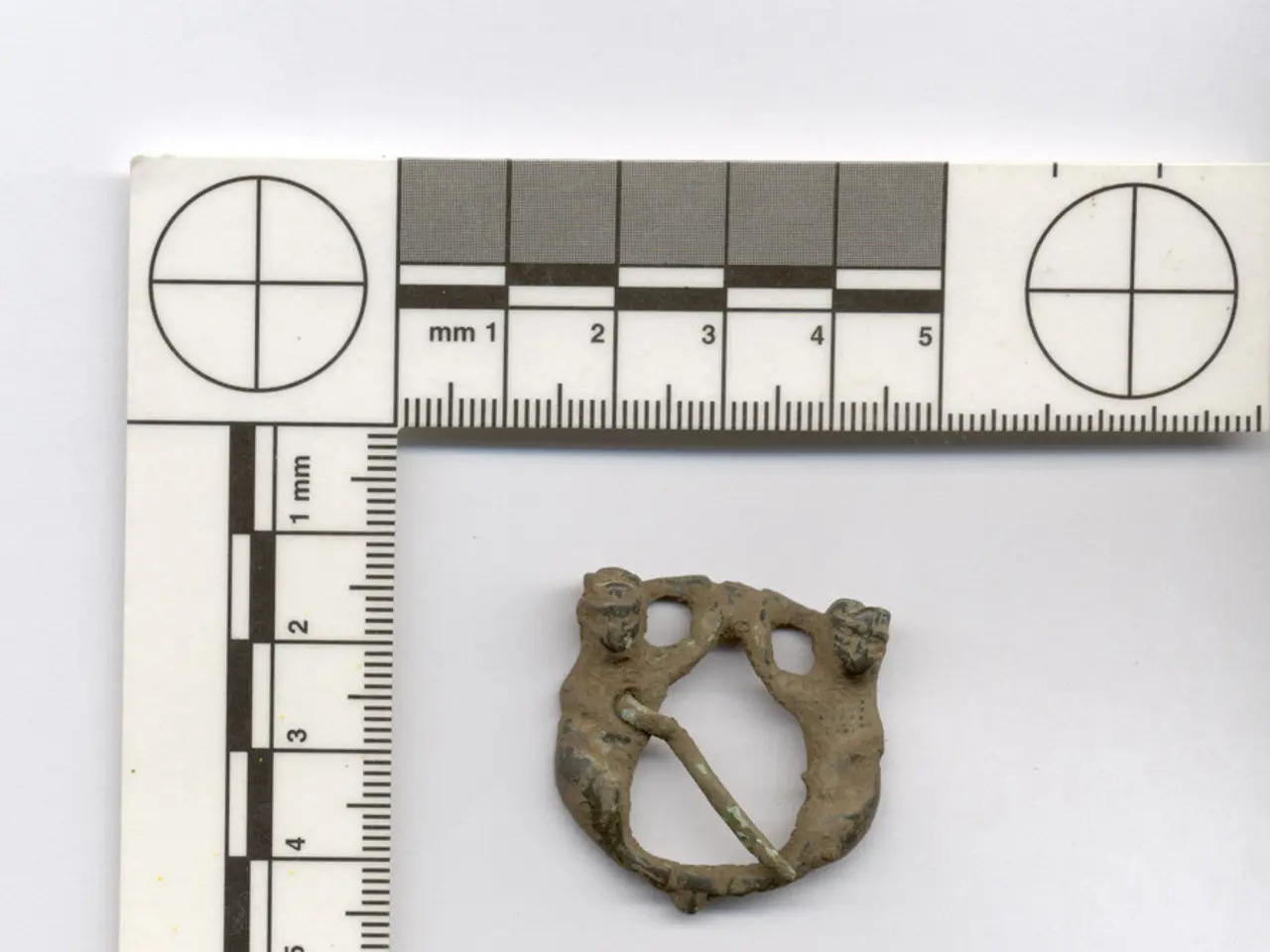Three centuries and seventy years have passed since Gutenberg's groundbreaking printing of the Bible
The Gutenberg Bible, completed around 1455 in Mainz, Germany, is a historical milestone in the world of printing. This substantial book, printed in Latin in a three-volume set, was the first substantial book printed in the West using movable metal type, a groundbreaking innovation by **Johannes Gutenberg**[1][3].
Gutenberg's innovation combined several elements: a new press, possibly adapted from those used for wine or oil, a metal alloy suitable for durable, reusable movable type, and an oil-based ink that adhered well to metal and vellum or paper[3]. Contrary to earlier assumptions, recent research suggests Gutenberg’s type was not produced using the punch-matrix method; instead, his process showed more variation, hinting at a different casting method that predated the standardized system developed later[3].
The Bible's production process involved multiple compositors working simultaneously, evidencing an early form of mechanized mass production[1]. This technological and cultural shift made books more accessible, leading to an "information revolution" that accelerated the spread of knowledge and literacy across Europe[1][3].
Although Gutenberg himself was bankrupted by the costs of his venture, his printing process rapidly spread across Europe, establishing printing presses along major trade routes within 50 years[2]. This innovation established the foundation for the modern book industry, with printing techniques that remained largely unchanged until the 19th century[2].
The original print run’s size is unknown, but approximately 40 copies still exist, some on paper and some on vellum[1][5]. Prestigious institutions such as the U.S. Library of Congress, the French Bibliothèque Nationale, and the British Library hold perfect vellum copies. In the United States, near-complete copies can be found at prominent libraries like Harvard, Yale, Huntington, Morgan, and the New York Public Library[1].
While the Gutenberg Bible is often cited as the first major book printed with movable type, it’s not the earliest movable metal type print globally; the Korean *Jikji* (1377) predates it by 78 years[1]. The term "incunabulum" (plural "incunables") refers to books printed before 1500, encompassing the Gutenberg Bible within this early phase of printed books, which still closely resembled manuscript books[2].
The Gutenberg Bible, also known as the 'Mazarin Bible' or '42-line Bible', is considered by experts to be not only the first printed book in history, but also the best book ever printed, in terms of paper and ink quality, and printing precision[4]. Its legacy survives not only in the surviving copies preserved worldwide but also in the cultural and technological foundations it laid for the printed word.
References: [1] https://www.britannica.com/topic/Gutenberg-Bible [2] https://www.britannica.com/topic/incunabulum [3] https://www.britannica.com/biography/Johannes-Gutenberg [4] https://www.britannica.com/topic/Gutenberg-Bible/Printing-quality [5] https://www.loc.gov/rr/print/list/gutenberg.html
Books, such as the Gutenberg Bible, have played a significant role in the evolution of entertainment and knowledge dissemination. The cultural and technological shift brought about by Gutenberg's printing process made books more accessible, leading to an "information revolution" that introduced European societies to diverse sources of entertainment and learning materials.








